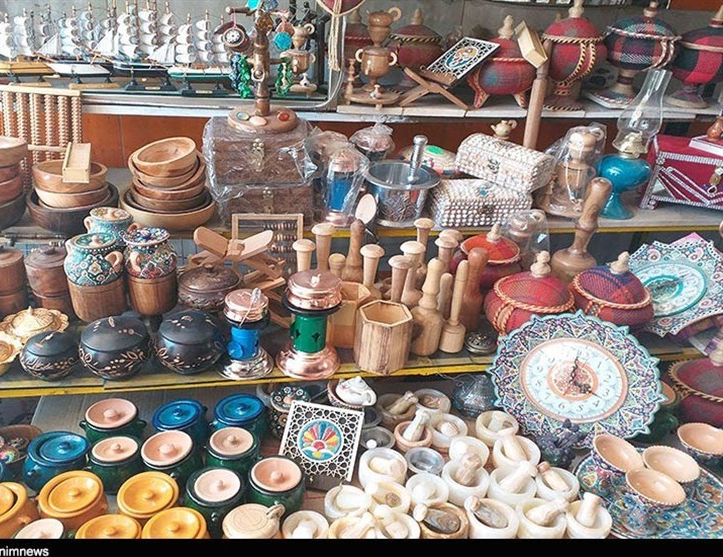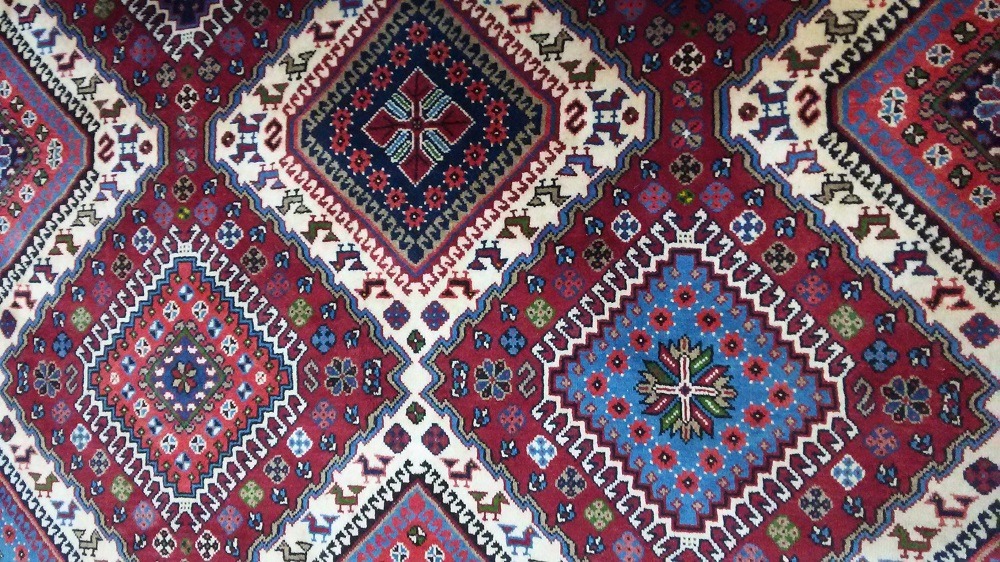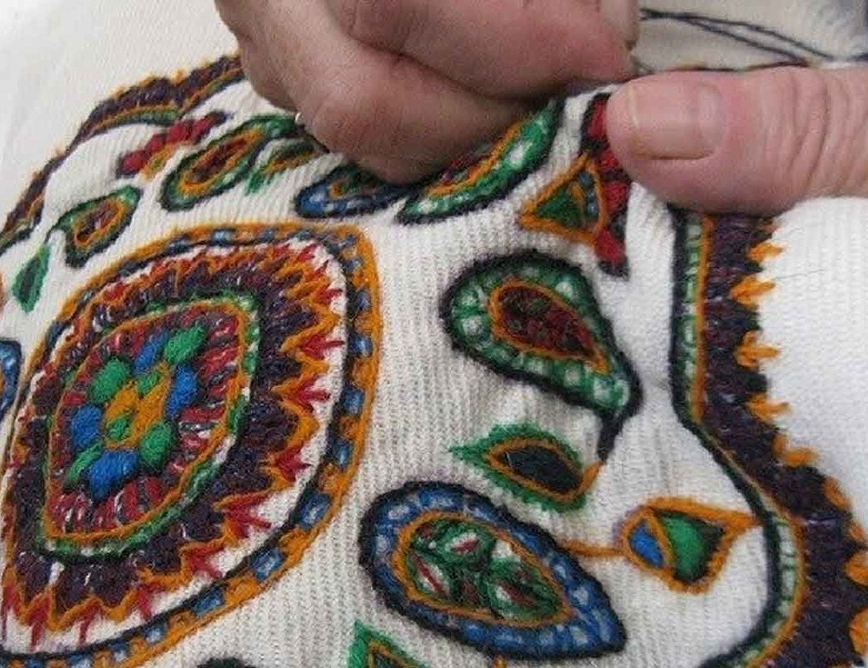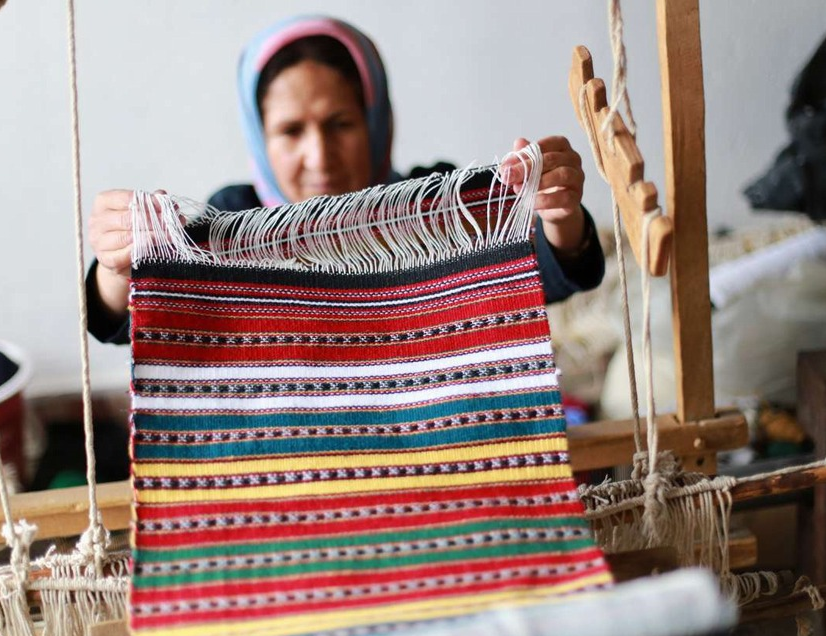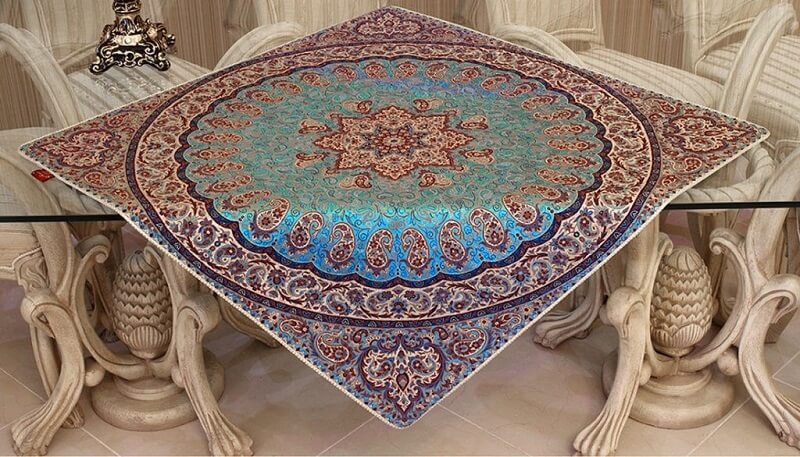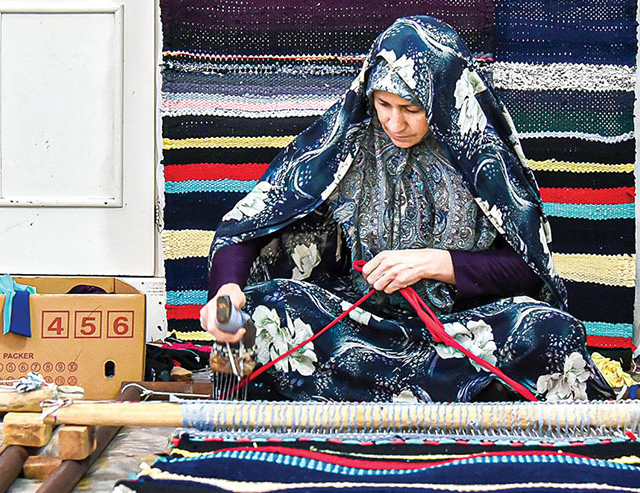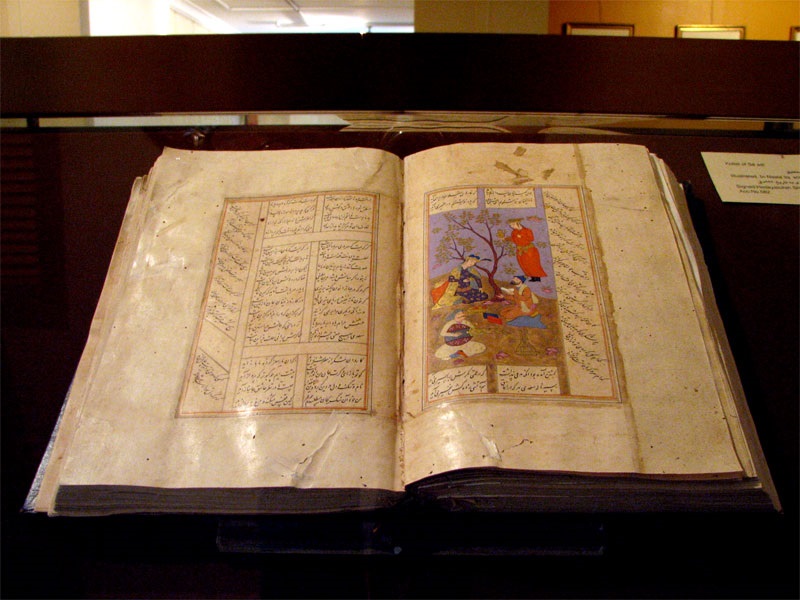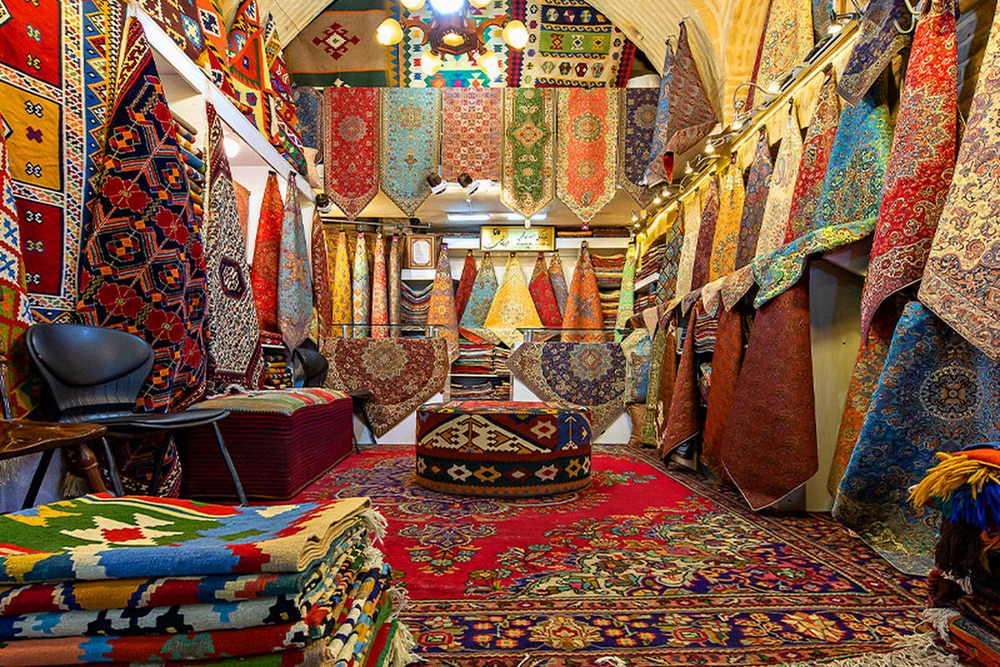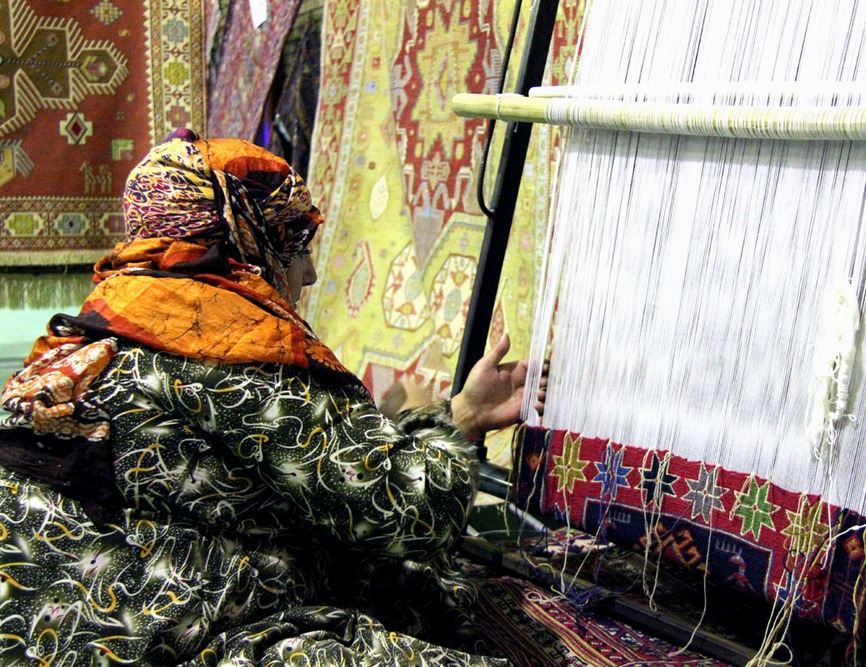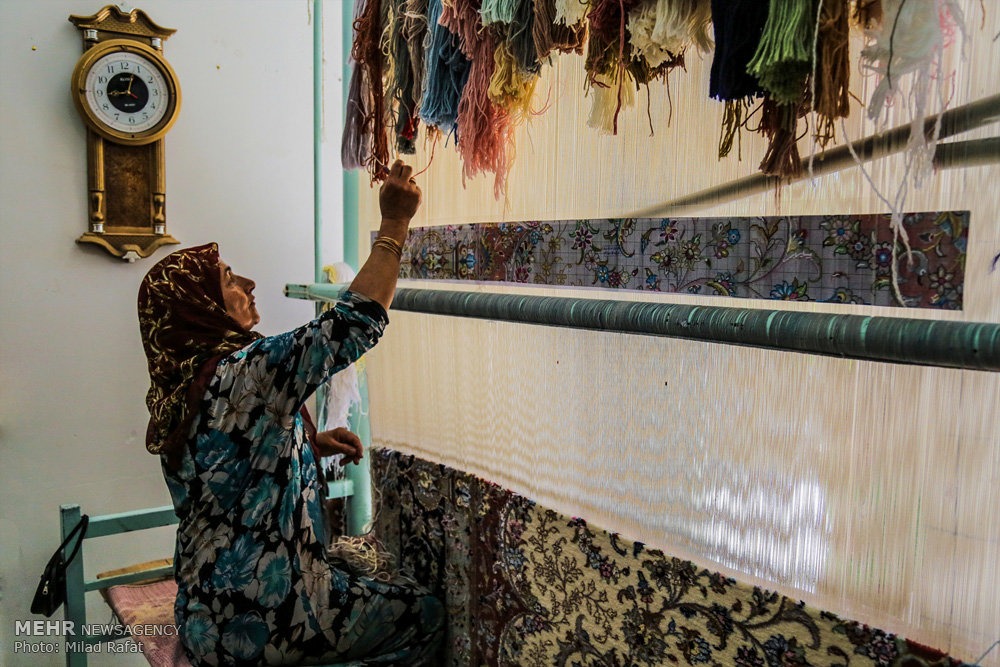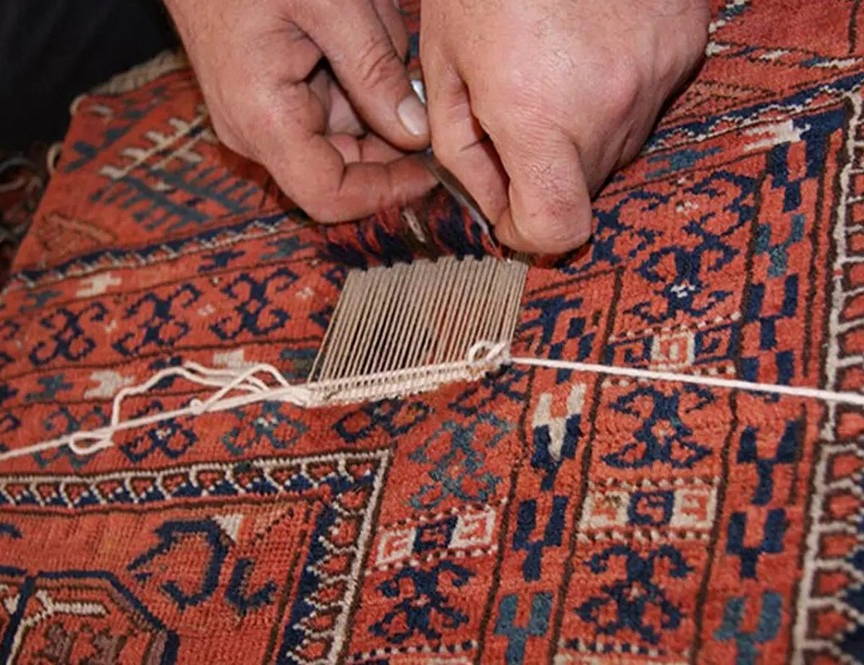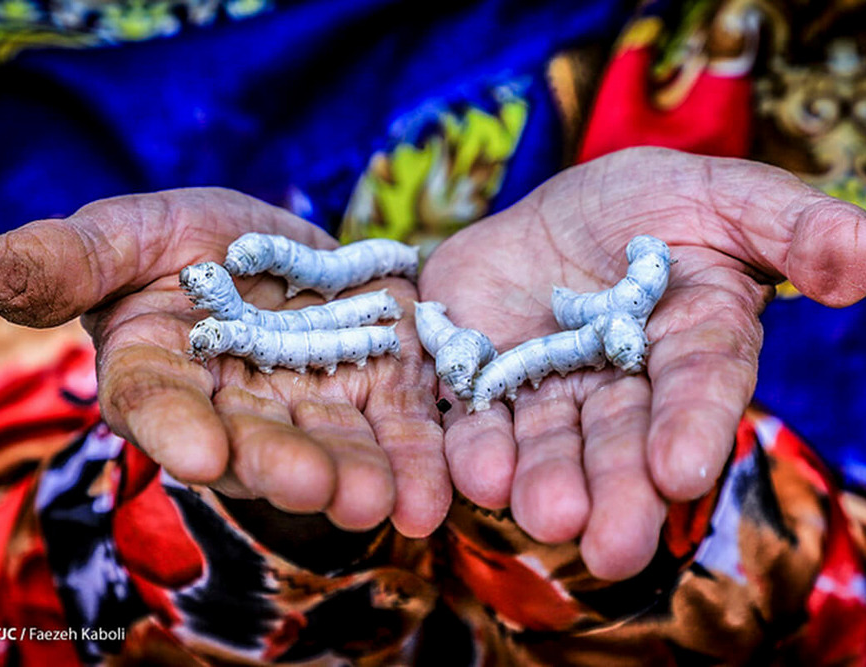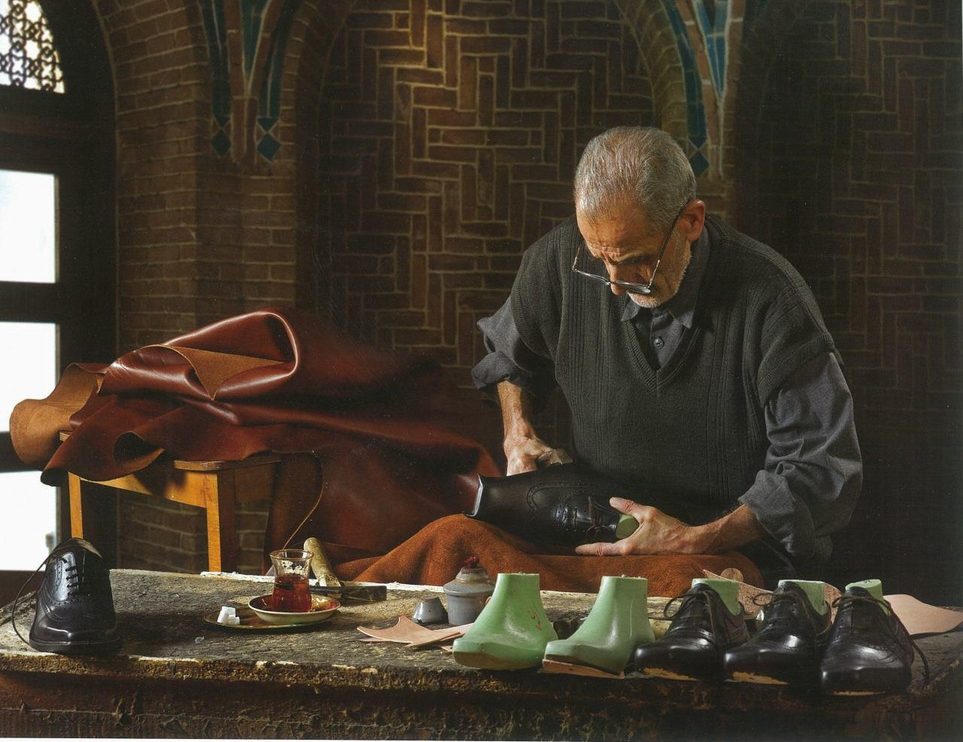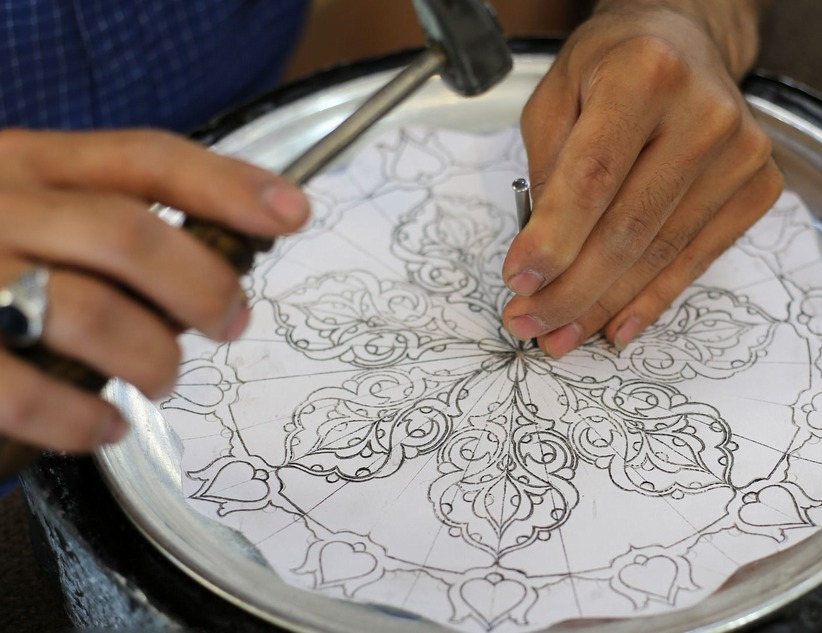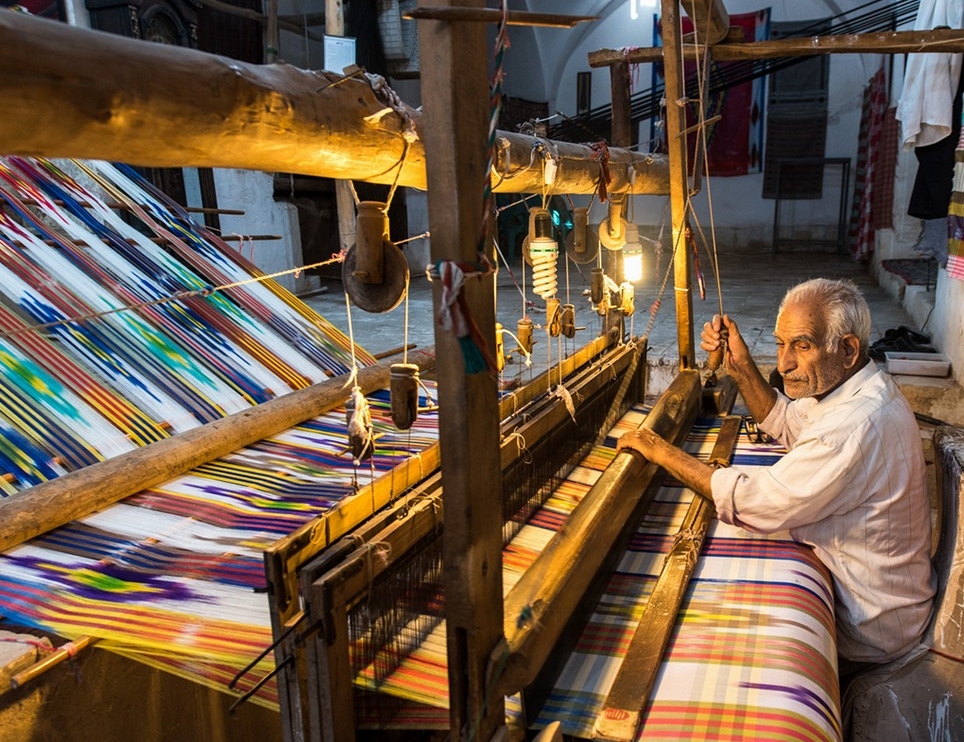
Zilu
Zilu is an Iranian rug that is woven using completely natural materials. Zilu weaving is a sign of the elegance of Iranian art. It is not possible to accurately comment on the origin of Zilu weaving in Iran, but today, the city of Meybod is considered the main place of Zilu weaving in Iran.
The History of Zilu Weaving
Some people believe that Zilu weaving was influenced by mat weaving and is considered a more advanced form of mat weaving craft. In the historical texts, there is no comment about the time of the origin of Zilu. Most of the available texts in which, while describing a mosque or religious place, mention has also been made of Zilu, are related to post-Islam Iran. However, it seems that the origin of Zilu weaving dates back to before the advent of Islam in Iran (7th century AD).
The old Zilus available in the mosques of Yazd Province were woven by Meybodi craftsmen. Therefore, despite the fact that it is not possible to consider Meybod as the origin of the production of Zilu, there is a consensus about the thriving of this art in this city in most of the historical texts.
The oldest existing Zilu, which was woven in 808 AH (1405 AD), is now kept in the Zilu and Pottery Museum of Meybod. The Zilu of the Jame’ Mosque of Haftadar in Aqda, the Zilu hanging in the Amir Chakhmaq Mosque in Yazd (related to the 11th century AH / the 17th century AD), and the old Zilus of the Roknabad Mosque are some of the oldest Zilus available. The date 1188 AH (1774 AD) is engraved on one of the most exquisite Zilus in Meybod decorated with 24 prayer mats.
Features of Zilu
Zilu has a simple appearance and is considered a durable rug. The use of cotton threads has made this product suitable for the hot and dry climate of the desert.
The Raw Materials Used for Weaving Zilu
Zilu is woven from cotton threads. For this reason, this craft has become more widespread in areas where cotton weaving is common. In the past, cotton was first turned into yarn with the help of spinning wheels, and then it was made into coils to be used as Zilu warp and weft. This thread is called “Hari” or “formal thread” in the local dialect. The formal thread was strong and with a good texture, it could make long-lasting Zilus.
Color and Texture
The instrument used to weave Zilu is similar to the loom used in weaving carpet and Gilim. For weaving Zilu, the loom is prepared by warping the number of threads for preparing which is twice as many as what is used in making a Gilim as a result Zilus are more durable than the Gilims. Another difference is that Zilu is woven with plant fibers and Gilim is woven with wool. Zilu can be woven with two surfaces with separate patterns on each side.
Due to the use of natural raw materials and the absence of acrylic and polyester fibers, Zilu is very suitable for people with skin eczema.
Compared to Iranian carpets, Zilu designs have less variety of colors. Zilus are usually woven with blue and white colors, but orange, green, brown, crimson, and red are also used in weaving them. The colors used in Zilu are extracted from plant materials; rose madder for red colors, nile for blue colors, and walnut skin for brown colors.
The simplicity and color combination of Zilu create the best possible harmony between it and the tiles used in the interior architecture of Islamic mosques. For this reason, blue and white Zilus were considered one of the popular rugs for covering the floors of mosques in the past.
Red Zilus, on the other hand, were mostly used in homes. Among all Zilus, the ones with green and red colors are usually considered better than the others in terms of their quality.
Meybod; the Global City of Zilu
Due to the popularity of Zilu Weaving in Meybod, this city was declared the Global City of Zilu by the World Crafts Council, which is based in England.
At present, Zilu is produced both in houses and in workshops. The total quantity of Zilu production in this city stands at about 100,000 square meters per annum.
The oldest existing Zilu, which was woven in 808 AH (1405 AD), is now kept in the Zilu and Pottery Museum of Meybod.
| Name | Zilu |
| Country | Iran |
| Cities | |
| Works | Knitting, sewing and textile |
| Registration | Unesco |
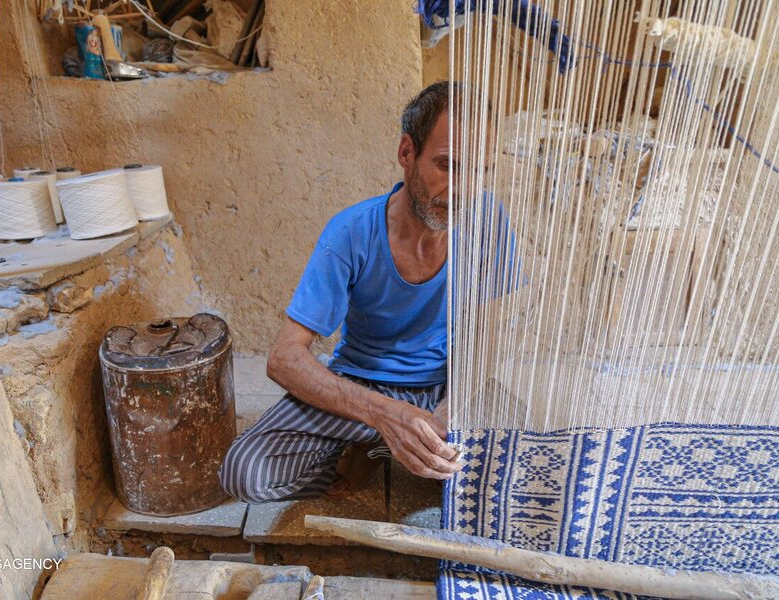
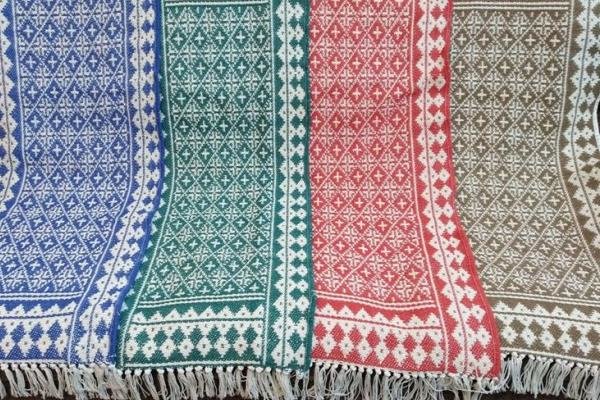
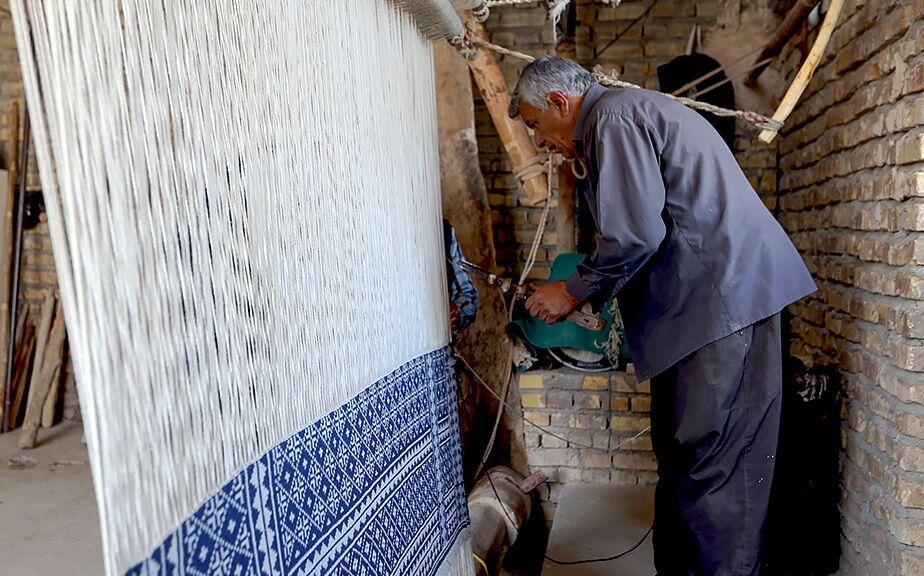



Choose blindless
Red blindless Green blindless Blue blindless Red hard to see Green hard to see Blue hard to see Monochrome Special MonochromeFont size change:
Change word spacing:
Change line height:
Change mouse type:
